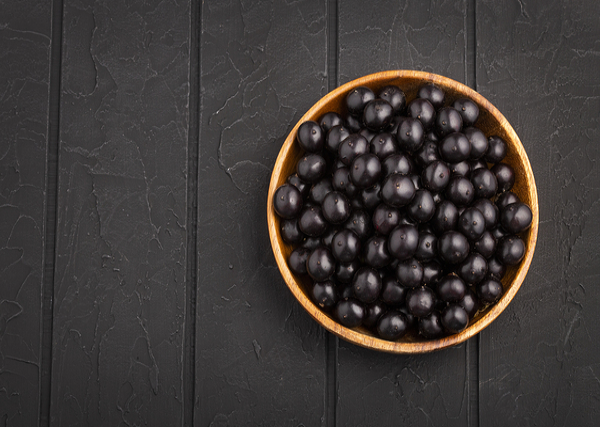For the vast majority of people, açaí comes in the form of ice cream, smoothies, and bowls. Rarely do individuals outside the Brazilian Amazon see the berries in their original form: small, dark purple, and resembling the blueberry. It might even surprise many that açaí is a savoury food option for indigenous Amazonians.
So, how did açaí traverse the globe, transforming from a staple food to a guilt-free dessert? Read on to find out more about its fascinating journey through time.
The Legend of Iaçã
Long before the first European ship crossed the Atlantic, natives living in the modern city of Belém do Pará faced a severe famine. Available food became an increasingly scarce resource while the population grew steadily. With more mouths to feed and less food than ever, it was clear that population growth was a death sentence.
Itaki, the community head, knew what he had to do to keep the growing numbers under control: he ordered that every newborn be sacrificed—and he made no exception even as his daughter, Iaçã, gave birth to a child.
Iaçã was devastated. She spent days and nights weeping for her late child, praying for Tupã, the god of thunder, to save her people from suffering.
One night, Iaçã heard a child’s cry in the woods. When she followed the sound, she found her lost child sitting by a large palm tree—but the vision lasted only for a brief moment before her child vanished as if they were never there.
In the morning, the tribe found Iaçã under the tree, dead and looking up at small, black fruits growing that resembled her own eyes. The people gathered these delicious fruits, which were believed to be a gift by Tupã to ensure they would never again struggle with hunger.
In honour of Iaçã’s tears, Itaki reversed his daughter’s name and bestowed it upon this miraculous fruit: açaí.
A Staple for Indigenous Amazonians
For thousands of families in the Amazon, açaí is an “everyday meal”. It is typically soaked in water, scrubbed, and eaten hot and salted. On special occasions, it is paired with fish and shrimp.
Many of these individuals also eat açaí for healing and medicinal purposes after having learnt that it boosts the immune system, fights infections and inflammation, and improves heart health. Additionally, its energy-boosting properties have made it incredibly popular among hunters and gatherers seeking a quick and healthy way to restore strength.
Popularity Among Athletes
The introduction of the açaí bowl can be attributed to the founder of Brazilian Jiu-Jitsu, Carlos Gracie. Aware of the many health benefits of the fruit, he incorporated it into the Gracie Diet to maximise his fighters’ performance.
In the 2000s, açaí arrived in California and became a hit among surfers and health enthusiasts looking for a healthy and refreshing snack. These individuals would drink açaí as a smoothie or eat it in bowls that also included fruits, granola, and other sweeteners.
Over time, more toppings were added, including chia seeds, nut butter, and coconut flakes.
Popularity Boom
The popularity of açaí skyrocketed in the 2010s in tandem with the rise of social media. Celebrities like Oprah also endorsed the fruit, hailing it as a “superfood,” thus contributing to its popularity boom.
Conclusion
With a fascinating history and many health benefits, açaí is a superfood you should consider incorporating into your diet. Selva Foods is an açaí supplier in Singapore. We offer açaí pulp puree and açaí sorbet wholesale.
If you’re interested in buying pulp puree, açaí sorbet ready to serve, açaí popsicles and açaí wholesale in Singapore , contact Selva Foods.
